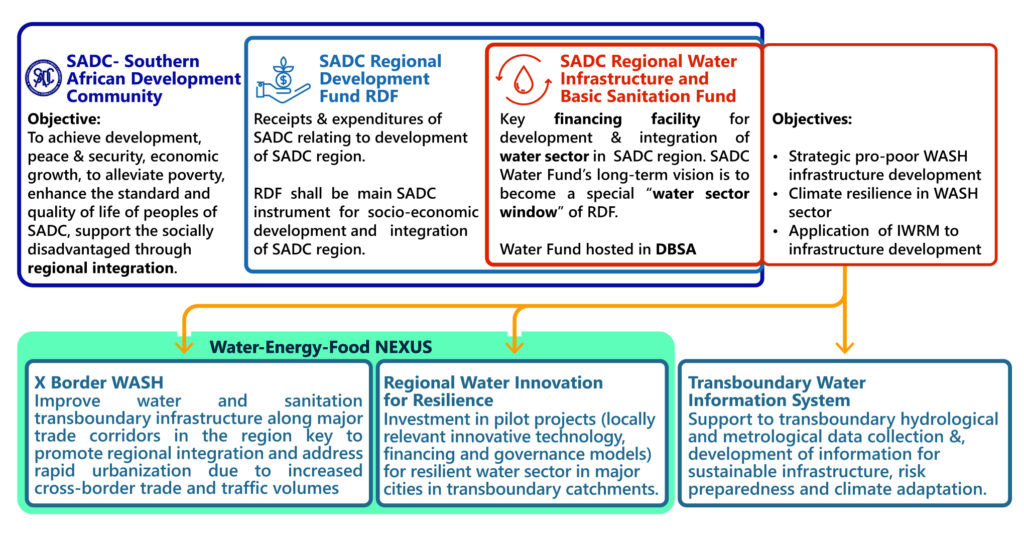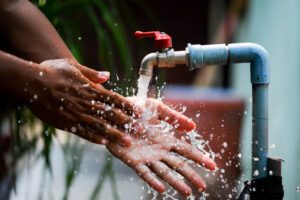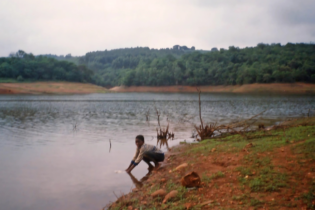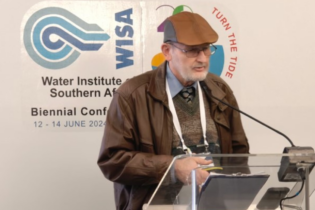Southern Africa’s water supply is unequally distributed, with 70% of water resources shared between different countries. Transboundary water management is crucial for regional development. WASA speaks to the Development Bank of Southern Africa (DBSA) about its strategic partnership model to strengthen the implementation of various water and sanitation programmes within the SADC region.
What is the SADC Water Fund?
The Southern African Development Community (SADC) Regional Fund for Water Infrastructure and Basic Sanitation (SADC Water Fund) is the financing facility for the development and integration of the water and sanitation sector in the Southern African region. The SADC Water Fund finances infrastructure projects to improve the supply of drinking water and water for agricultural use for the poor. SADC member countries established the SADC Water Fund mainly as a regional development financing facility, with the mandate of strengthening the coordinating function of SADC by funding projects to improve regional water and sanitation infrastructure, as well as facilitate information and knowledge sharing.What is the DBSA’s role within the SADC Water Fund?
The DBSA, together with the SADC secretariat and the Kreditanstalt für Wiederaufbau (KfW) Development Bank, entered into a financing and project management agreement in December 2012. The DBSA is the mandated lead arranger that is responsible for managing its regional fund for water. As the project executing authority, the DBSA’s Infrastructure Delivery Division is responsible for the overall programme management and implementation of the Fund. This allows the Fund to leverage the bank’s institutional capacities and promote synergies with the DBSA’s other activities, such as receiving co-funding from the bank’s other product offerings.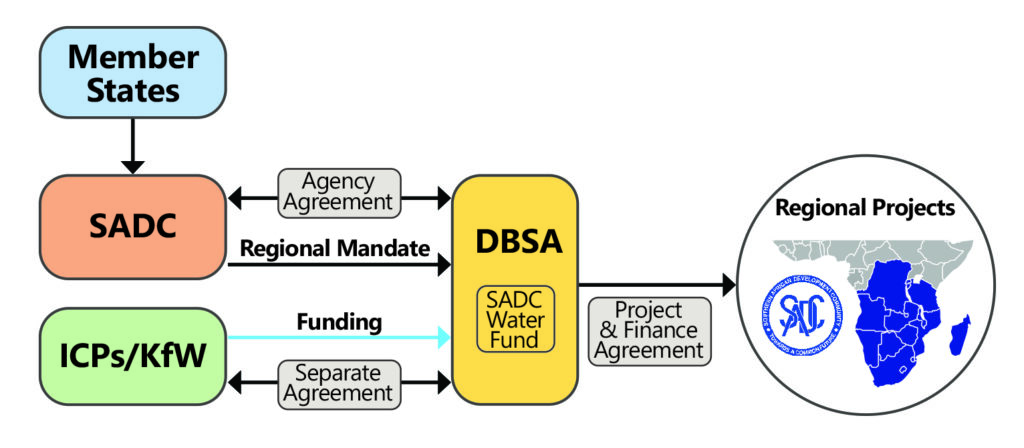
What are some of the key objectives of the Fund?
The Fund’s development objectives are to:- promote and support strategic transboundary and pro-poor water supply and sanitation infrastructure development in the SADC region
- promote climate resilience in the water supply and sanitation sector in the SADC region
- facilitate the application of integrated water resources management principles for infrastructure development.
How does the dedicated Fund Management Unit work?
The Fund identifies bankable projects and provides support through the entire value chain. The SADC Water Fund supports the following activities:- identification and selection of bankable water and sanitation project proposals (quality feasibility studies must be available)
- provision of support to the applicants in finalising project documentation
- contract and procurement management under the Fund
- raising of additional funding from other development partners
- facilitation of cross-border coordination and agreements during project preparation and implementation
- post-implementation monitoring and evaluation.
Why is a Fund like this essential, especially for the SADC region?
More than a third of people in the SADC region do not have access to safe drinking water and over half of the region’s population do not have access to improved sanitation facilities. However, these urban statistics generally exclude the urban poor living in informal settlements.
That’s why there’s such a huge need for water and sanitation infrastructure in urban and rural areas in SADC. Infrastructure needs to be developed, rehabilitated, expanded and climate-proofed to be resilient to floods and droughts. The recent Covid-19 pandemic is a strong reminder of the importance of access to WASH facilities, especially for the poor, to ensure community resilience to adverse events such as outbreaks or the effects of climate change. Addressing such a huge need also presents a challenge and opportunity for innovation in infrastructure technological approaches, financing and implementation models. The Fund’s sustainability and growth strategy is anchored on:- a diversified portfolio of projects within the water and sanitation sector
- diversified and innovative funding instruments
- diversified international and local development partners.
What projects are currently being financed under the Fund?
As part of its programmatic approach, the Fund has the several ongoing activities:- Cross-border infrastructure for water supply: By 2042, approximately 76 000 people living below the poverty line and without access to water will benefit from the Kazungula Water and Sanitation Project in Zambia, as well as the Lomahasha and Namaacha water supply projects in Mozambique and Eswatini.
- Innovation for climate resilience: The Ramotswa (in Botswana) Transboundary Aquifer – where in situ groundwater remediation typifies a conjunctive approach for improved water resource use and management – will boost water security for about 30 000 people in communities in Ramotswa. Through implementing innovative remediation and sanitation technology that combines in situ groundwater remediation with improved sanitation, thereby protecting this water resource, groundwater can be used as potable water after minimal treatment.
- Regional transboundary water information systems: The Climate Resilience Information Systems Project (part of the overall Regional Water Investment Programme) will support sustainable investments for reliable climate information and early warning systems. This will encourage investments that promote water resilience.
Any final thoughts?
Achieving sustainable financing for investments in water supply, sanitation and for the development, protection and restoration of national and transboundary water resources is the core focus of the SADC Water Fund. Current institutional arrangements are often inadequate, and the financing of water investments is often unsustainable. Also worth noting is low public capacity to finance required investments in the development and management of water resources, including protection and restoration. Lack of investment in water infrastructure has led to significant, economic, social and environmental losses. For the SADC region to see improvement in the performance in the water sector, facilities such as the SADC Water Fund are important.